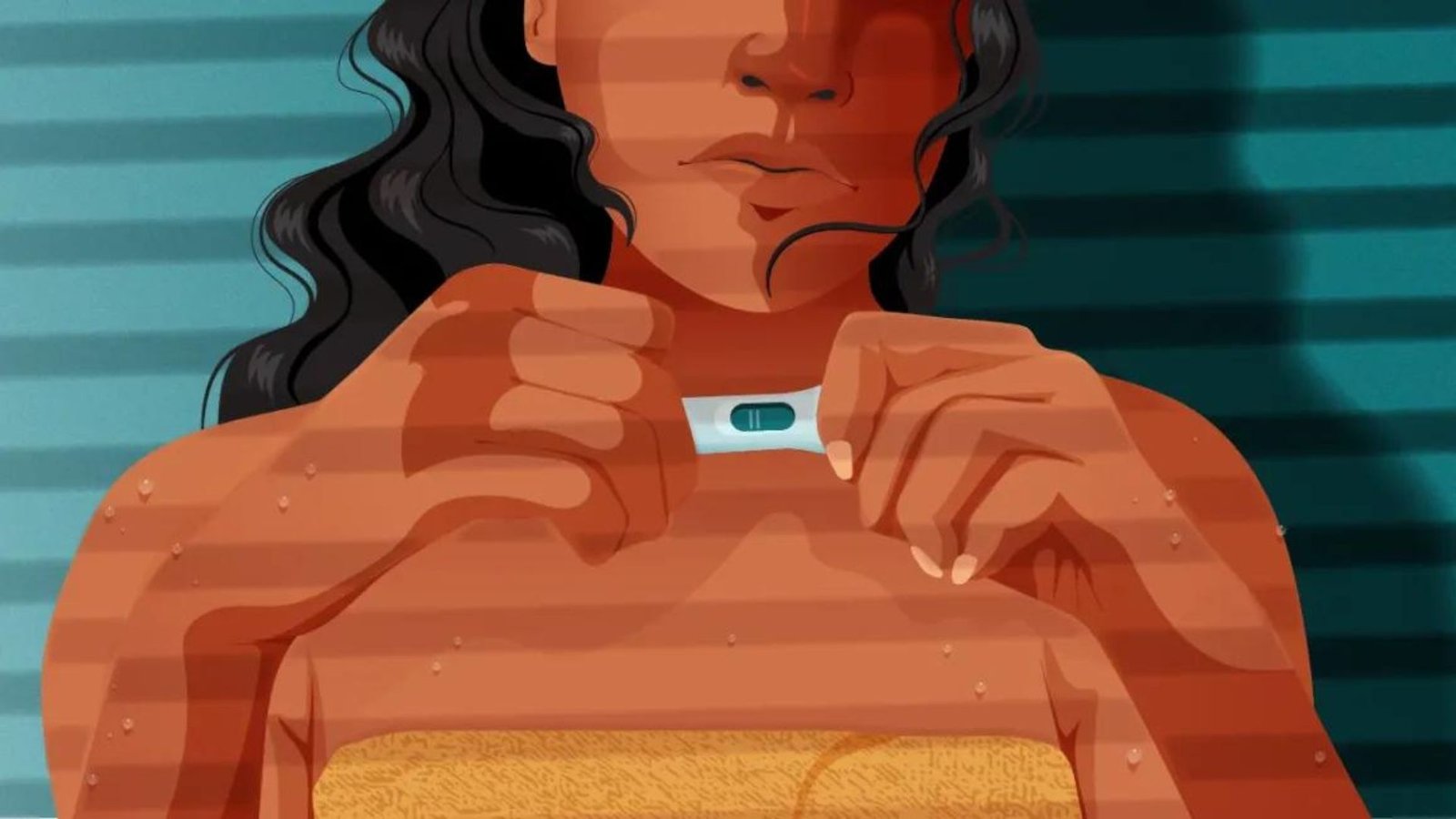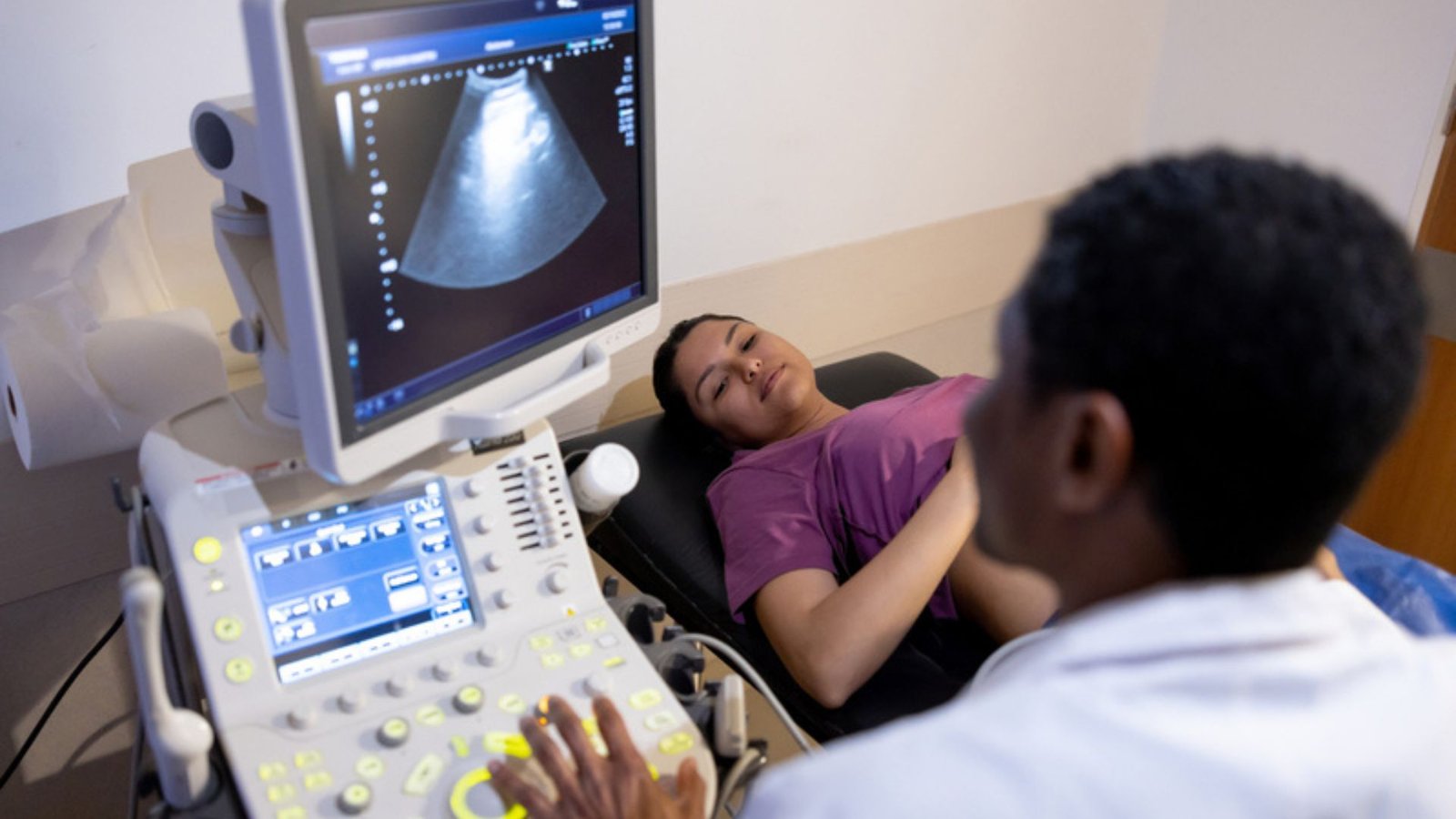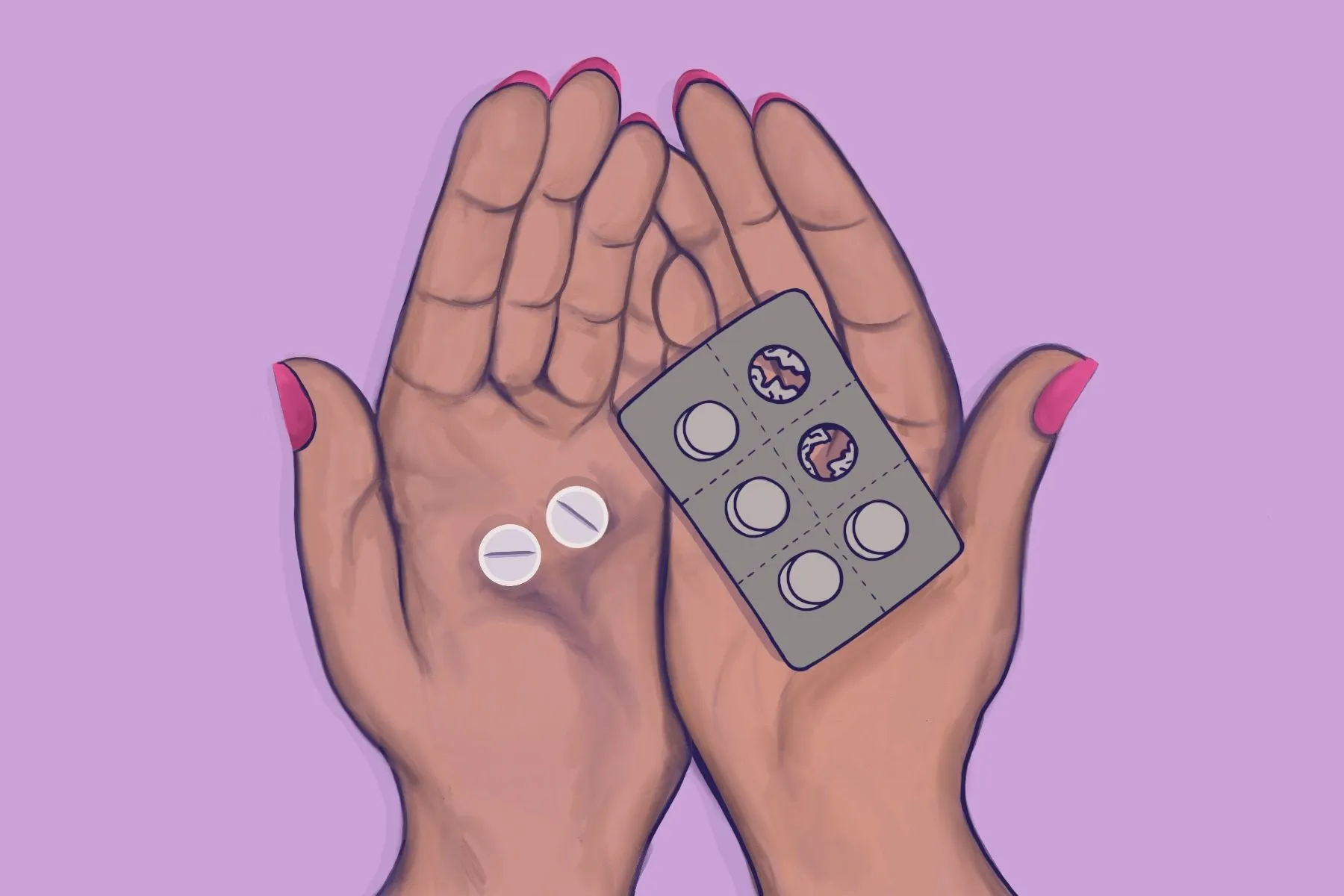Family planning holds profound significance in the lives of many individuals and couples. It is a journey that involves making thoughtful decisions about the timing and spacing of pregnancies. Understanding fertility awareness is a powerful tool that empowers individuals or couples to make informed choices aligning with their unique goals and circumstances. In this comprehensive blog post, we will explore various aspects of family planning, offering valuable insights and practical guidance for those embarking on this important journey.

The Importance of Family Planning
Family planning stands as a pivotal and intentional phase in the intricate journey of building a family. Beyond merely deciding the number of children, it empowers both individuals and couples to embark on a thoughtful exploration of when to welcome new additions and how to space pregnancies. This process extends far beyond the physical realm, reaching into the emotional and practical aspects of family life. At the heart of this profound decision-making is the crucial element of understanding fertility awareness.
Fertility Awareness Basics
Fertility awareness is a comprehensive understanding that delves into the intricacies of the menstrual cycle, offering a profound insight into the natural rhythms governing reproductive health. Key to this awareness is recognizing the phases of the menstrual cycle, from the initial days of menstruation through the follicular phase leading to ovulation and concluding with the luteal phase. Central to the concept is identifying the fertile window, a specific timeframe around ovulation when conception is most likely.
Ovulation, a pivotal moment in the menstrual cycle, marks the release of an egg from the ovary, presenting a prime opportunity for conception. Understanding this process involves not only pinpointing the approximate time of ovulation but also recognizing the signs and symptoms that accompany it, such as changes in basal body temperature and cervical mucus consistency.
Tracking Menstrual Cycles
Embarking on the journey of understanding your menstrual cycles begins with the simple yet powerful act of tracking. In this digital age, numerous tools are at your disposal, ranging from specialized apps designed for menstrual cycle tracking to traditional methods like using calendars or engaging in the timeless practice of journaling. These methods offer a structured approach to recording essential details, including the start and end dates of your periods.
Consistency in tracking is paramount, forming the bedrock of reliable data. Regularly inputting this information builds a comprehensive record that becomes invaluable in discerning patterns and trends within your menstrual cycle. Not only does it provide insights into the regularity of your periods, but it also lays the groundwork for a deeper understanding of the length of your cycles.
Ovulation Prediction
Identifying ovulation emerges as a pivotal aspect for couples navigating the realms of conception and contraception. Various methods offer nuanced insights into this crucial phase of the menstrual cycle, providing valuable tools for those seeking to understand and leverage their fertility.
Tracking basal body temperature stands as one reliable method. The subtle but consistent rise in basal body temperature after ovulation serves as a clear indicator, signifying that ovulation has occurred. Regular monitoring of this temperature trend, preferably using a dedicated basal body thermometer, enhances precision in pinpointing this fertile window.
Contraception Methods
Fertility awareness extends its significance beyond the realm of conception and proves to be a valuable asset in contraception. Delving into various methods provides individuals and couples with a spectrum of options tailored to their preferences and lifestyles.
The Standard Days Method offers a straightforward approach, focusing on avoiding unprotected intercourse during the identified fertile window, typically around days 8 to 19 of the menstrual cycle. This method is particularly suitable for those with regular menstrual cycles.
The calendar method involves tracking the menstrual cycle over several months and pinpointing the fertile window by observing patterns and trends. Though less precise than some methods, it remains a viable option, especially for those with consistent cycles.
Partner Involvement
Family planning is a collaborative journey that thrives on shared responsibility. It is imperative to foster open and honest communication with your partner, establishing a foundation for mutual understanding and support. Take the time to engage in meaningful discussions, delving into shared goals, individual concerns, and preferences concerning family size and the timing of important milestones.
Encouraging your partner to actively participate in these conversations not only strengthens the emotional connection between you but also ensures that both perspectives contribute to the decision-making process. Discussing family planning openly enables each partner to express their desires, address any apprehensions, and align their expectations.
Seeking Professional Guidance
If conception doesn’t occur within a reasonable timeframe or if you encounter challenges, seeking professional guidance is advisable. Fertility specialists can provide insights, conduct fertility assessments, and offer tailored advice based on individual circumstances.
Emotional Well-being
Family planning can be emotionally charged. Acknowledge the feelings that arise and communicate openly with your partner. Consider joining support groups or seeking counselling if needed. Nurturing mental health is an integral part of the family planning journey.
Conclusion
In conclusion, family planning is a dynamic and personalized journey. By delving into the realm of fertility awareness, individuals and couples can make informed choices aligned with their goals. Whether aiming for conception or contraception, understanding your body’s natural rhythms lays the foundation for an empowered family planning experience.
You will find the following information useful:
















